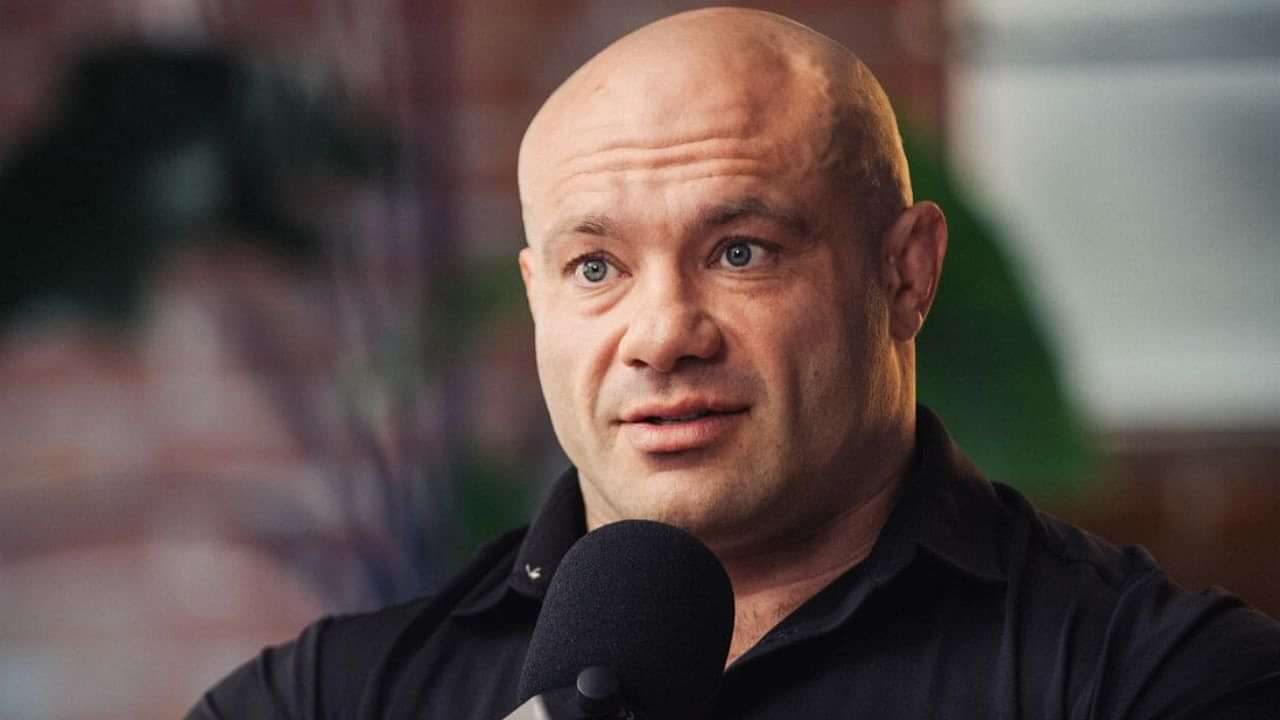“Those Are Unrealistic Ideas…”: Sports Physiology Scientist Dr. Mike Israetel Spills Facts on How Long You Should Rest Between Sets
Brandon Gabriel Isaacs
|Published

Image Credits – Official Instagram Account of Dr. Mike Israetel
Strength training has become one of the most popular physical activities for increasing muscular strength, and power. For efficient, and effective training, it is important to understand the interaction among training factors, which includes the intensity, number of sets, and rest interval between sets. However, a question that commonly lingers around is how long should you rest between sets. To answer this question, exercise scientist Dr. Mike Israetel shared his views during a podcast along with Chris Williamson.
Advertisement
When Chris asked Mike the question on how long one should rest between sets, he responded stating he had a unique take on this. A lot of answers you frequently hear from people and all around the internet is that a minute of rest is required. Even if someone states two – to five minutes, Mike understands why the answer.
But the problem is that these are not a theoretically based answer it’s just a it’s just a notional answer. Everyone has a different take and opinion on this. Therefore, what Dr. Mike mentions in the podcast is that when a person completes his set, before he is about to begin the next set there is a checklist you should follow. Before beginning your next set always ensure to follow the below mentioned checklist according to Dr. Mike.
Advertisement
- Your cardiovascular system needs to be mostly recovered.
- You need to have your neural nervous strength back.
- Synergists need to no longer be a limiting factor.
To break it down Israetel says, ensure you’re back to breathing properly and perfectly before starting your next set. Your cardiovascular system must be recovered well, if not could lead to various issues. In addition, he said only when you start to feel strong, you begin the next set. This means you have gathered your neural nervous strength back.
When it comes to synergists he shares an example as well. While doing a lat pull-down, and your forearms are still throbbing, this means it’s not time to do your next set of lat pull-downs.
“Even if your lats feel quite good and that last factor model checklist covered, the target muscle must have enough recovery in it for it to be able to do at least another five repetitions.”
He further says that the reason is if you do anything less than five reps can be hypertrophic and less time for sufficient recovery. Thus take your rest according to how your body is prepared to go for the next set. However, Mike also said that, if you want growth in your muscles, taking a longer period of rest might not help. But what you can do is add more sets for better impact.
Advertisement
Therefore, in conclusion, Dr. Mike says that while you train, and if you’re not ready, if you’re breathing hard and still feel weak, you need to take your rest. If your muscles are still cramping you have to rest no matter what you see on the internet.
“One to two minutes, two to three, those are unrealistic ideas. This is a theoretical basis.”
Dr. Mike Israetel reveals the common misconception about tempo training
Fitness isn’t just about hitting the gym consistently and trying hands-on every other equipment. It requires one to focus on technique, variations, posture, and more to gain muscles. Exercise Scientist, Dr Mike Israetel breaks down for readers how growth while doing each rep can affect growth.
In conversation with colleague Menno Henselmans, he delved into details of maintaining training tempo during exercises. This includes time taken to hold reps, speed of performing exercises, etc. Training tempo has four main elements. They are; speed of the eccentric, length or degree of pause, Speed of the concentric, and degree of squeeze.
On an interesting note, he also added that if an individual reached a level of fatigue by any effective method, then training tempo didn’t matter. This didn’t apply to the pause while doing an exercise owing to a lack of research about it.
To make sure you complete an optimal workout, the technique is to slow down and take control. He also made an observation that concentric movement governed growth. This is because it requires more strength to start, the body will see gains only eventually. Dr. Israetel surmised that an ideal workout only required good control over movement and technique while performing exercise.
Advertisement
Share this article